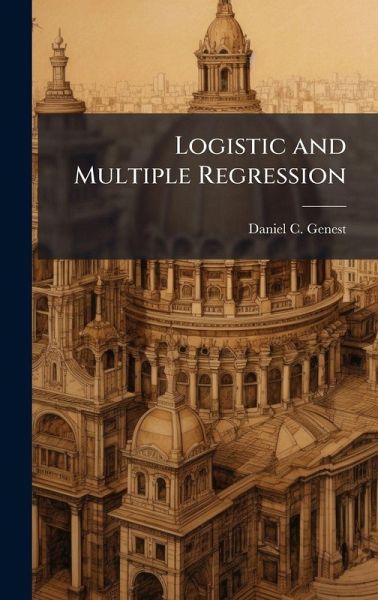
Logistic and Multiple Regression
Versandkostenfrei!
Versandfertig in über 4 Wochen
28,99 €
inkl. MwSt.
Weitere Ausgaben:

PAYBACK Punkte
14 °P sammeln!
This study seeks to predict cost growth in major DoD acquisition programs using logistic and multiple regression. Specifically, this research uses logistic regression to determine whether or not cost growth will occur in a program and if so, then uses multiple regression to determine to what extent that cost growth will occur. We compile data from all defense departments using the Selected Acquisition Reports presented between 1990 and 2002. We combine the efforts of previous research and focus our study on cost growth in research and development dollars for the Engineering Manufacturing Devel...
This study seeks to predict cost growth in major DoD acquisition programs using logistic and multiple regression. Specifically, this research uses logistic regression to determine whether or not cost growth will occur in a program and if so, then uses multiple regression to determine to what extent that cost growth will occur. We compile data from all defense departments using the Selected Acquisition Reports presented between 1990 and 2002. We combine the efforts of previous research and focus our study on cost growth in research and development dollars for the Engineering Manufacturing Development phase of acquisition. For the logistic regression portion of our research, we produce a seven-variable model that accurately predicts 72 percent of our randomly selected validation data. For multiple regression, we produce a six-variable model that accurately predicts the amount of cost growth incurred for 91 percent of those programs that do incur cost growth. We conclude that the two-step regression methodology offers a significant advantage over traditional methods by removing those data points that do not incur cost growth. We further conclude that there is no significant advantage gained by either isolating each cost variance category individually or by combining these categories. This work has been selected by scholars as being culturally important, and is part of the knowledge base of civilization as we know it. This work was reproduced from the original artifact, and remains as true to the original work as possible. Therefore, you will see the original copyright references, library stamps (as most of these works have been housed in our most important libraries around the world), and other notations in the work. This work is in the public domain in the United States of America, and possibly other nations. Within the United States, you may freely copy and distribute this work, as no entity (individual or corporate) has a copyright on the body of the work. As a reproduction of a historical artifact, this work may contain missing or blurred pages, poor pictures, errant marks, etc. Scholars believe, and we concur, that this work is important enough to be preserved, reproduced, and made generally available to the public. We appreciate your support of the preservation process, and thank you for being an important part of keeping this knowledge alive and relevant.












